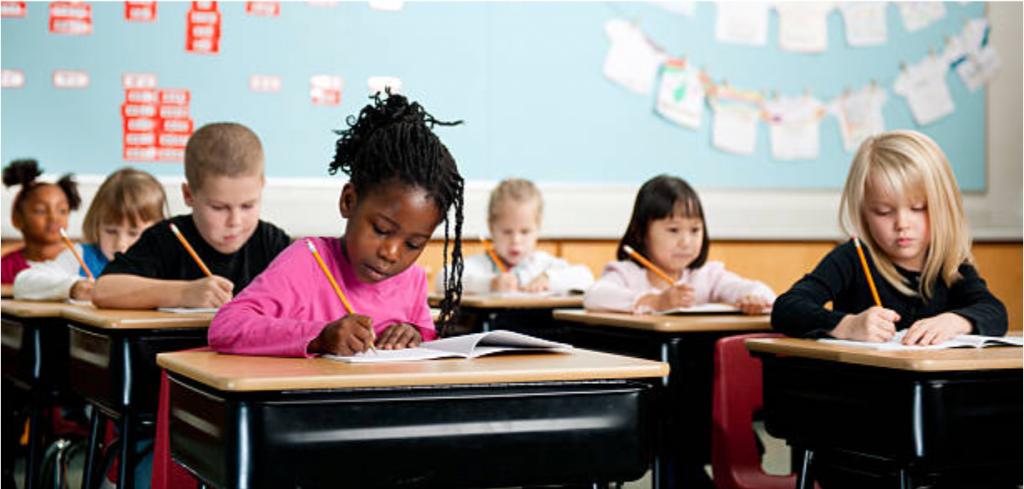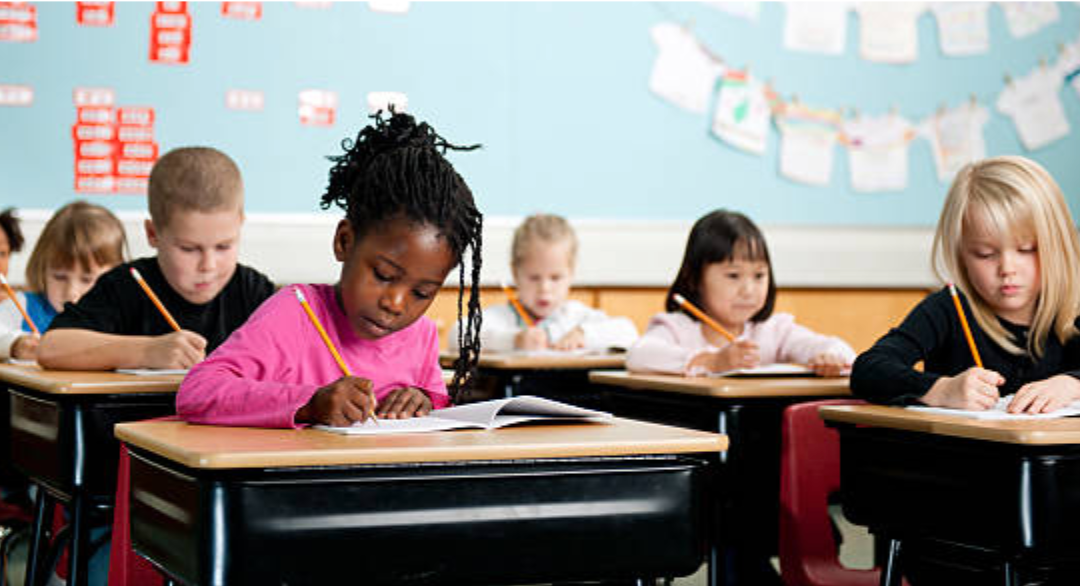
You may already know that being multilingual can help increase a person’s confidence – not by a little, but by a lot. Many children around the world have become increasingly bilingual, due to the many benefits. But it’s not always an easy journey. In many cases, they are able to speak one language a bit more fluently than the other. This can make some insecure or unwilling to use their second language, but working on their fluency can significantly help to increase their confidence, especially in the classroom.
Just like learning anything else successfully, it’s important that the process is as enjoyable as possible, so that students are less likely to abandon the language when feeling challenged or uncomfortable. The benefits are certainly worth it. Fully bilingual children tend to be more self-confident because they believe they hold something special due to all their hard work. Knowing they are able to navigate swiftly through various worlds equipped with the necessary language tools provides a distinct sense of comfort and security. Also, they carry “a sense of achievement” that comes with bilingualism which drives most children to become even more successful. These students are said to be able to “express themselves much more clearly because of their confidence in their language capabilities or abilities to switch languages” (KSS, n.d.). According to a study conducted by the International Journal of Intercultural Relations, “bilingual students show greater self-esteem than unilingual students”, in which the proficiency of their respective languages had quite the correlation with their self-confidence when it came to interacting with others (Pesner & Auld, 1980).
Less fully bilingual students tend to shy away from the languages they feel insecure with because of possible accents, mispronunciations or mistakes. But, they actually hold a significant advantage in being able to understand more than their monolingual peers, and should not give up on building this important life skill. Rather than avoid communicating with people who cannot speak their first language, students on their multilingual journey should be open to being around others who are different than themselves. Indeed, the Institute of Modern Languages Research states that language proficiency and multilingualism are key factors that “contribute to a greater awareness of other languages and cultures in the wider community by celebrating diversity and inclusion” (Collins, 2018).
Ultimately, with more practice and greater use of that language in everyday conversations, students will improve their fluency greatly. We know there are millions of students around the world who don’t have access to opportunities to practice speaking English on a frequent, daily basis. This is why Sensay exists! We are available for teachers to use in any country, to allow students to practice speaking English anytime, anywhere.
In summary, the many benefits of being multilingual cover a flexible range of topics that not only benefit students’ wellbeing and mental health, but their external performance and cultural appreciation as well. The road is not always easy, but when children are secure in their abilities to understand and speak multiple languages, subsequently, this confidence extends into their everyday actions for life. Clearly, English is not just an academic subject, but rather a life skill!
Links Used:
KSS. (n.d.) How Learning Another Language in Childhood Builds Confidence. Available at: https://ksspreschool.com/childhood-language-learning-builds-confidence/
Collins, Cathy. (2018) Multilingualism in the classroom: why and how it should be encouraged. Available at: https://modernlanguagesresearch.blogs.sas.ac.uk/2018/09/03/multilingualism-in-the-classroom-why-and-how-it-should-be-encouraged/
Pesner, J.W. & Auld, F. (1980) The relationship between bilingual proficiency and self-esteem. Available at: https://www.sciencedirect.com/science/article/abs/pii/0147176780900097

